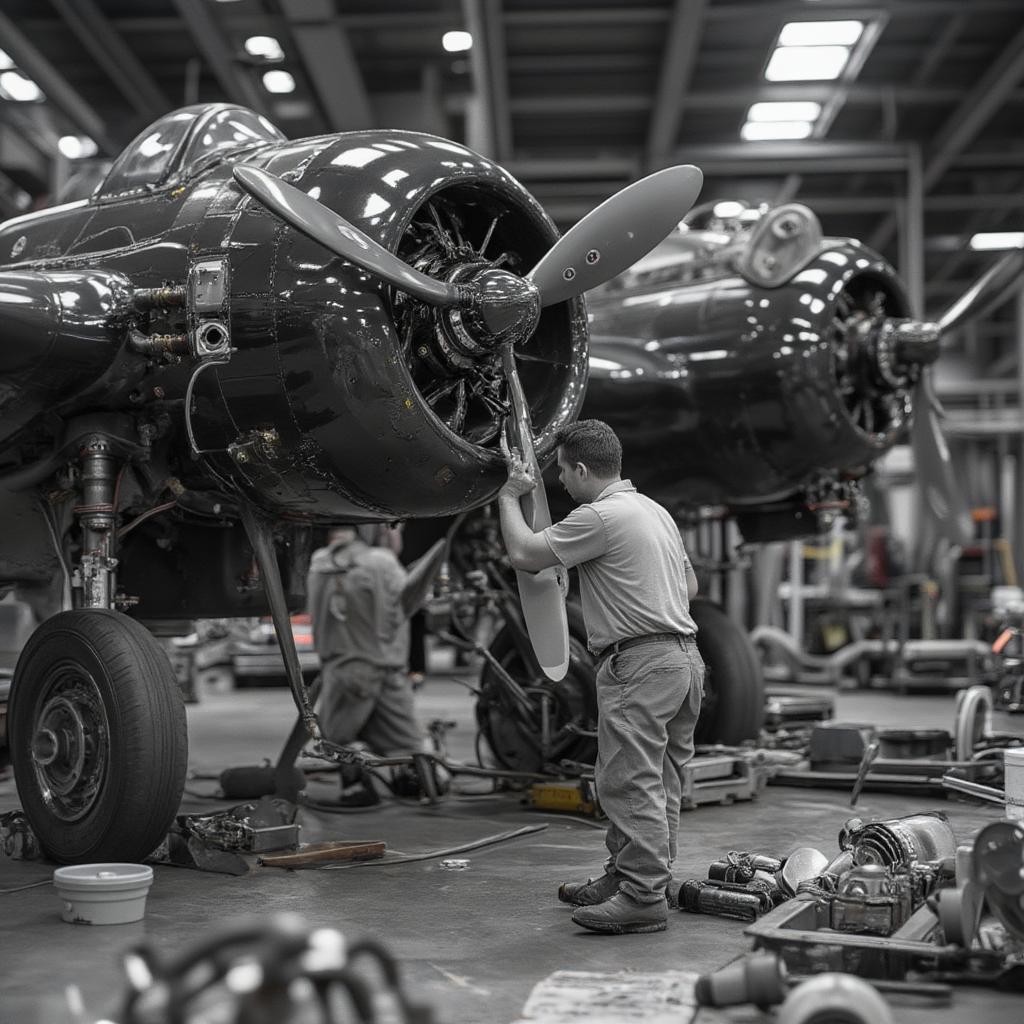List of 4.5 Generation Fighter Aircraft: Bridging the Gap to Air Superiority

The realm of modern air combat is defined by a constant push for technological superiority. A critical component of this pursuit is the development of advanced fighter aircraft. Among these, 4.5 generation fighter aircraft represent a crucial evolutionary step, bridging the gap between legacy platforms and the cutting-edge capabilities of fifth-generation fighters. This article will delve into a comprehensive List Of 4.5 Generation Fighter Aircraft, exploring their defining characteristics, advanced capabilities, and strategic significance in the contemporary geopolitical landscape.
Defining the 4.5 Generation: A Leap in Capabilities
4.5 generation fighters are not merely upgraded versions of their predecessors. They represent a significant leap forward, incorporating advanced technologies initially designed for fifth-generation aircraft but often at a more affordable cost and with broader operational flexibility. This allows nations to field highly capable fighter fleets without the exorbitant price tag associated with fifth-generation platforms. These aircraft feature a potent blend of enhanced avionics, sensor fusion, improved situational awareness, advanced weapons systems, and often, low observability features. They are designed to operate in complex, contested environments, effectively countering emerging threats and maintaining air dominance.
Key Features of 4.5 Generation Fighters: What Sets Them Apart?
Several key features distinguish 4.5 generation fighters from their predecessors:
- Advanced Radar Systems: Active Electronically Scanned Array (AESA) radars provide superior target detection and tracking capabilities compared to older mechanically scanned radars. These radars enable pilots to track multiple targets simultaneously, engage in electronic warfare, and perform ground mapping with greater precision.
- Enhanced Situational Awareness: Advanced cockpit displays, integrated sensor fusion, and data link capabilities provide pilots with a comprehensive and real-time understanding of the battlespace. This enhanced situational awareness allows for faster decision-making and improved combat effectiveness.
- Improved Maneuverability and Thrust-to-Weight Ratios: Many 4.5 generation fighters boast enhanced aerodynamic designs and powerful engines, resulting in superior maneuverability and higher thrust-to-weight ratios. This enables them to outperform older aircraft in air-to-air engagements.
- Integration of Advanced Weaponry: 4.5 generation fighters are equipped to carry a wider range of advanced air-to-air and air-to-ground munitions, including beyond-visual-range missiles, precision-guided bombs, and stand-off weapons.
- Reduced Radar Cross-Section (RCS): While not truly stealthy like fifth-generation fighters, many 4.5 generation aircraft incorporate design features and materials to reduce their radar signature, making them more difficult to detect and track.
The Global Landscape: A List of Leading 4.5 Generation Fighter Aircraft
The development and deployment of 4.5 generation fighters have become a global phenomenon. Key examples include:
- The Boeing F/A-18E/F Super Hornet (United States): A highly versatile, carrier-capable multirole fighter, the Super Hornet boasts a robust airframe, powerful engines, and a sophisticated avionics suite.
- The Eurofighter Typhoon (Consortium): A collaborative effort between the United Kingdom, Germany, Italy, and Spain, the Typhoon is a highly agile air superiority fighter with advanced sensor fusion and beyond-visual-range combat capabilities.
- The Dassault Rafale (France): A twin-engine, delta-wing fighter, the Rafale is renowned for its exceptional maneuverability, advanced avionics, and its ability to perform a wide range of missions.
- The Saab Gripen E (Sweden): A lightweight, single-engine fighter, the Gripen E features advanced electronic warfare capabilities, a modern AESA radar, and a highly integrated avionics architecture.
Why 4.5 Matters: Strategic Implications in a Changing World
“The proliferation of 4.5 generation fighter aircraft represents a significant shift in the global balance of air power,” explains Dr. Amelia Blackwood, a senior defense analyst at the Institute for Strategic Aerospace Studies. “These aircraft provide nations with a credible deterrent against potential adversaries and enhance their ability to project power in contested regions.”

The Future of Air Combat: 4.5 Generation Fighters in the Modern Era
4.5 generation fighters are poised to play a critical role in the future of air combat. Their advanced capabilities, affordability, and operational flexibility make them an attractive option for nations seeking to modernize their air forces. As technology continues to advance, these aircraft will likely undergo further upgrades and enhancements, ensuring their continued relevance in the evolving landscape of global security.
“The ongoing development of advanced sensor technologies, directed energy weapons, and artificial intelligence will further enhance the capabilities of 4.5 generation fighters,” adds Dr. Blackwood. “These advancements will blur the lines between 4.5 and fifth-generation capabilities, creating a new paradigm in air warfare.”

In conclusion, the list of 4.5 generation fighter aircraft highlights a significant advancement in military aviation. These platforms provide a crucial bridge between legacy systems and the full capabilities of fifth-generation fighters, offering a potent blend of performance, affordability, and strategic value in the complex geopolitical environment of the 21st century. Understanding their capabilities and significance is paramount to comprehending the future of air power and global security.




